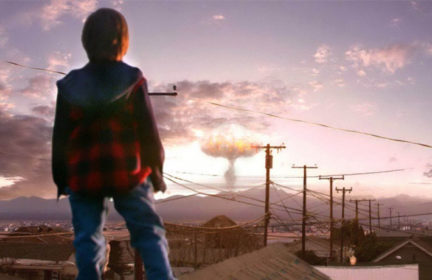Gamifying preparedness for children
I recently went on a binge and ordered a bunch of materials from FEMA via Ready.gov. I plan to distribute the printed materials to loved ones, family, and neighbors. I’m also making moves toward my own CERT certification and I’m simultaneously refreshing First Aid training, so, I view these materials as a refresher to my own preparedness.
Among these materials, I ordered Ready 2 Help – a card game geared toward developing skills in younger ones when facing a crisis or disaster.
Of course, since this is geared toward children, they’re not going to be presented with the sort of gruesome, SHTF stuff that you or I might consider, but this will get that essential part of the brain thinking. And thinking is an important skill! I’ll spare you anything seeming like a hard sell and will just push on with the images so you can decide for yourself. Links after the break.
Ready 2 Help Playing Card Deck
Players are presented with an EMERGENCY scenario.
Each player responds by throwing appropriate skill cards at the scenario. There are 5 types of skills cards (4 shown here). Each is color coded to help players learn what skills are appropriate to the scenario.
Game play also includes Wild Cards and Work Together Cards to enhance game play and build cooperation.
Oh, and there are a lot of EMERGENCY (scenario) cards.
FEMA also produces a companion book to the card game.
______________________________________
You can find Ready 2 Help on Ready.gov’s order page:
https://orders.gpo.gov/icpd/ICPD.aspx
or
https://community.fema.gov/game_download?lang=en_US
-
Comments (3)
-








